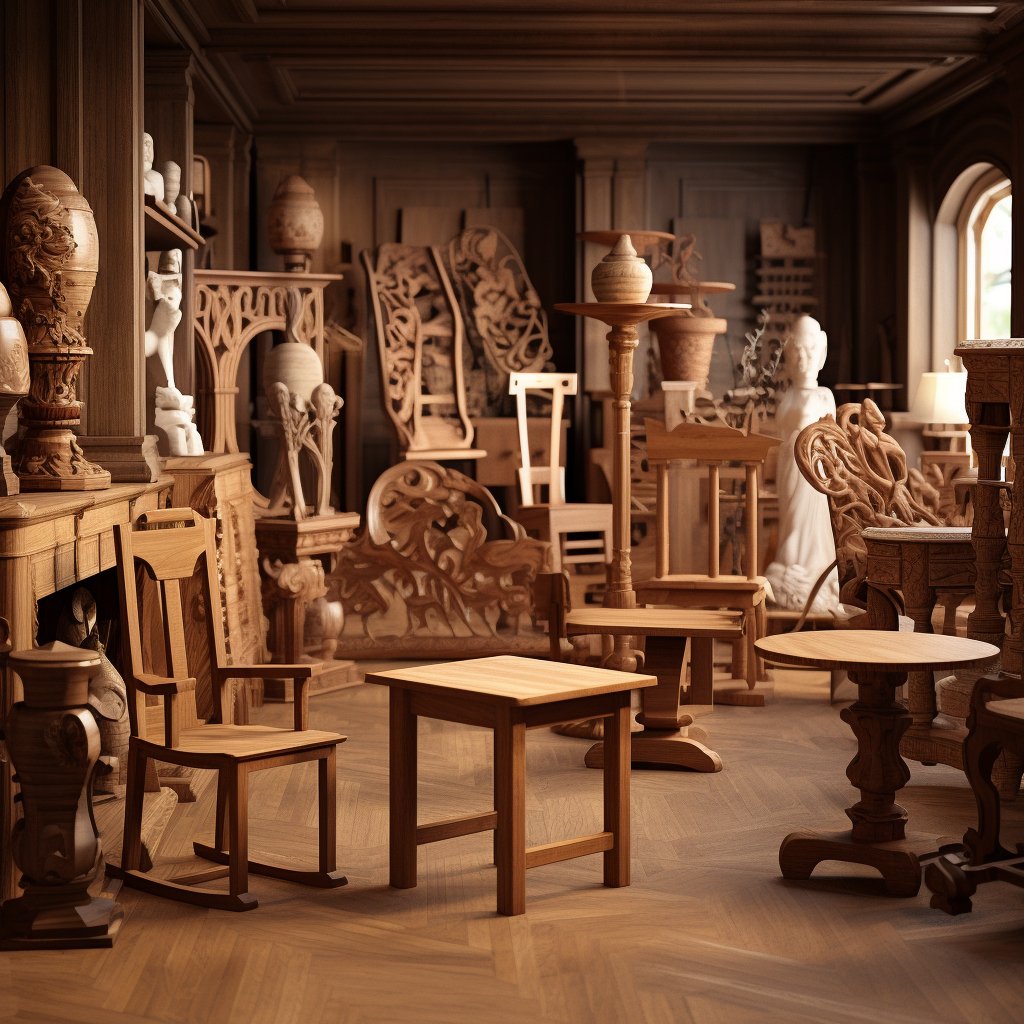
Guide to Vintage Furniture Woods: Identifying Quality
Understanding the type of wood used in vintage furniture is crucial for collectors, restorers, and enthusiasts alike. The wood not only signifies the piece's age and origin but also speaks volumes about its quality and craftsmanship. This guide aims to educate readers on identifying and appreciating the different types of woods commonly found in vintage furniture.
The Significance of Wood in Vintage Furniture
Wood has been the backbone of furniture making for centuries. Its availability, workability, and durability made it the material of choice for craftsmen. The type of wood used can often help determine a piece's age; for instance, oak was predominantly used in American and European furniture before the 1700s. The wood type also gives clues about the furniture's origin and craftsmanship quality.
Common Types of Wood Used in Vintage Furniture
- Oak: Known for its strength and durability, oak has a distinctive grain pattern. It was widely used in European and American furniture until the 17th century and remained popular for robust items like tables and chairs.
- Mahogany: Revered for its rich, red-brown color, mahogany became popular in the 18th century. It's often associated with high-quality, luxury furniture due to its smooth grain and ability to hold detail.
- Walnut: Walnut's fine texture and strong, but pliable nature made it a favorite for intricate carvings. Its use peaked in the 17th and 18th centuries, particularly in European furniture.
- Pine: Commonly used for its affordability and availability, pine is lighter in weight and color. It's often found in rustic or country-style furniture.
- Cherry: Cherry wood’s rich, reddish hue deepens with age. It was a popular choice for American colonial furniture due to its smooth grain and durability.
- Maple: Maple’s light color and durability made it a popular choice for interior pieces. It is known for its strength and was often used in pieces requiring a heavier load.
Identifying Wood Types: Tips and Tricks
- Grain Patterns: Each wood type has a unique grain pattern. Oak, for instance, has a distinguished, wavy grain, while mahogany features a finer, straighter pattern.
- Color and Texture: The color and texture of wood can be telling. Walnut, for instance, has a rich, dark hue, while pine is lighter and tends to have a rougher texture.
- Weight and Hardness: The weight and hardness of the wood can be indicative of its type. Hardwoods like oak and walnut are heavier and denser, while softwoods like pine are lighter.
- Aging Signs: Different woods age uniquely. Cherry wood darkens over time, whereas pine develops a patina that can tell the age of the piece.
The Role of Wood in Determining Furniture Quality
- Craftsmanship and Wood Selection: The choice of wood can reflect the furniture's craftsmanship. Hardwoods like mahogany and walnut were often used in finer pieces due to their ability to hold intricate carvings and details.
- Durability and Longevity: The type of wood affects the furniture’s durability. Hardwoods are generally more durable and resistant to damage, which is why they are often found in high-quality vintage pieces.
- Value Estimation: The wood type can significantly influence the value of vintage furniture. Rare woods or those associated with particular historical periods can enhance a piece's worth.
Preservation and Care for Different Wood Types
- Cleaning and Maintenance: Proper care varies by wood type. Gentle cleaning and regular dusting are essential, and the use of appropriate wood-specific polishes can preserve the wood's integrity.
- Restoration Considerations: Restoration should consider the wood type. Some woods, like oak, can handle heavier restoration, while softer woods like pine require a more delicate touch.
- Protecting from Damage: Protecting wood from environmental factors like humidity, sunlight, and temperature fluctuations is crucial. Each wood type reacts differently to these conditions.
Modern Uses of Vintage Wood Types
Contemporary designers often incorporate vintage woods, valuing their history and quality. The reuse of these woods is not only sustainable but also allows for the creation of unique, character-rich pieces that blend the old with the new.
Conclusion
Understanding the types of woods used in vintage furniture and their characteristics is key to appreciating and preserving these timeless pieces. This knowledge helps in making informed decisions whether you're a collector, restorer, or simply someone who admires the beauty and history of vintage furniture. As we continue to cherish these wooden treasures, their stories and the craftsmanship they embody live on.

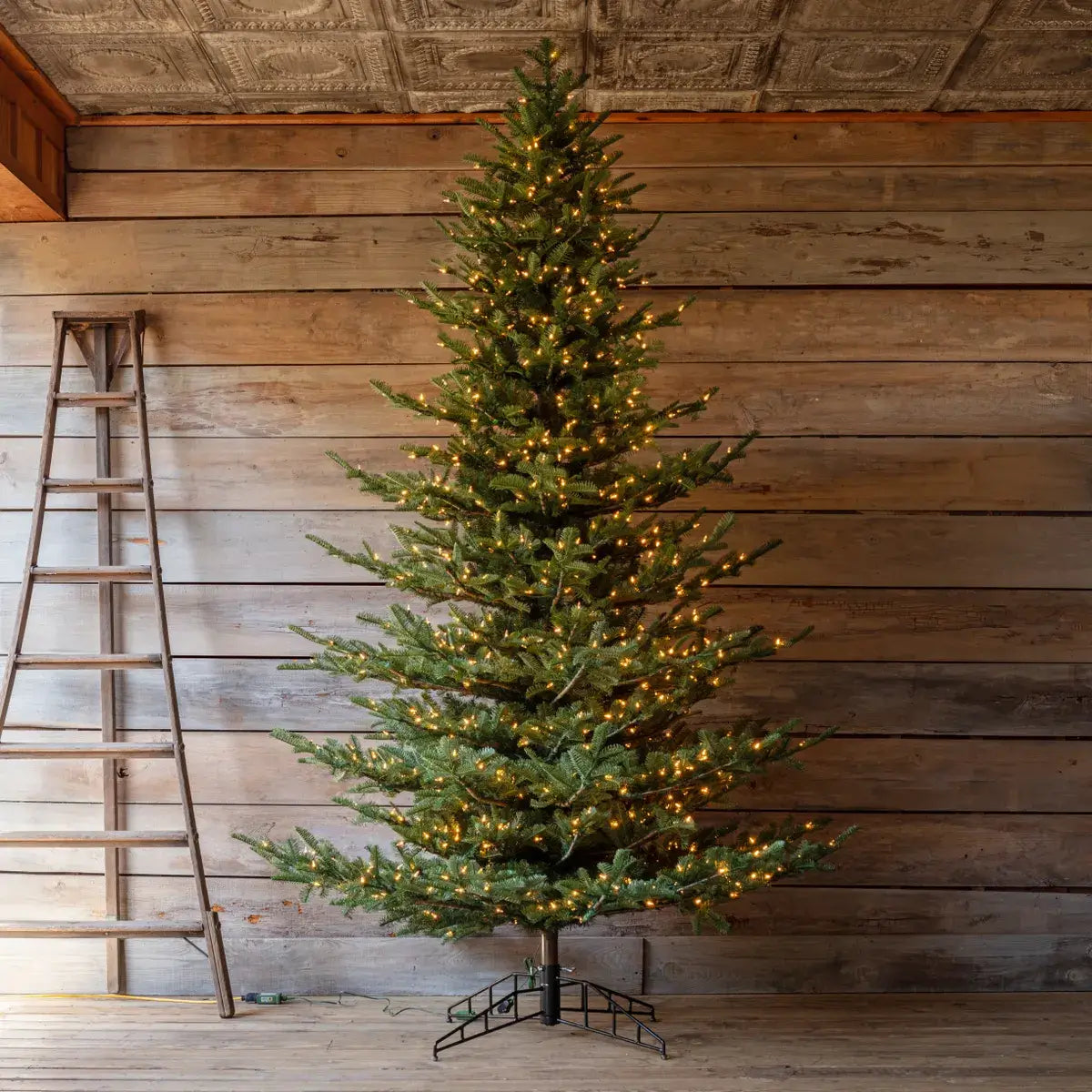
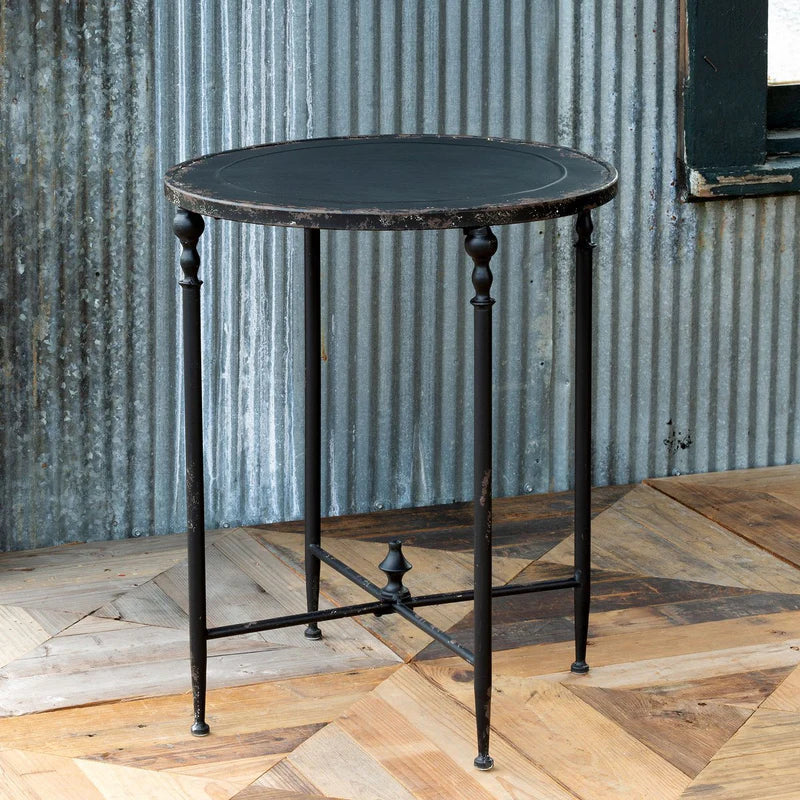
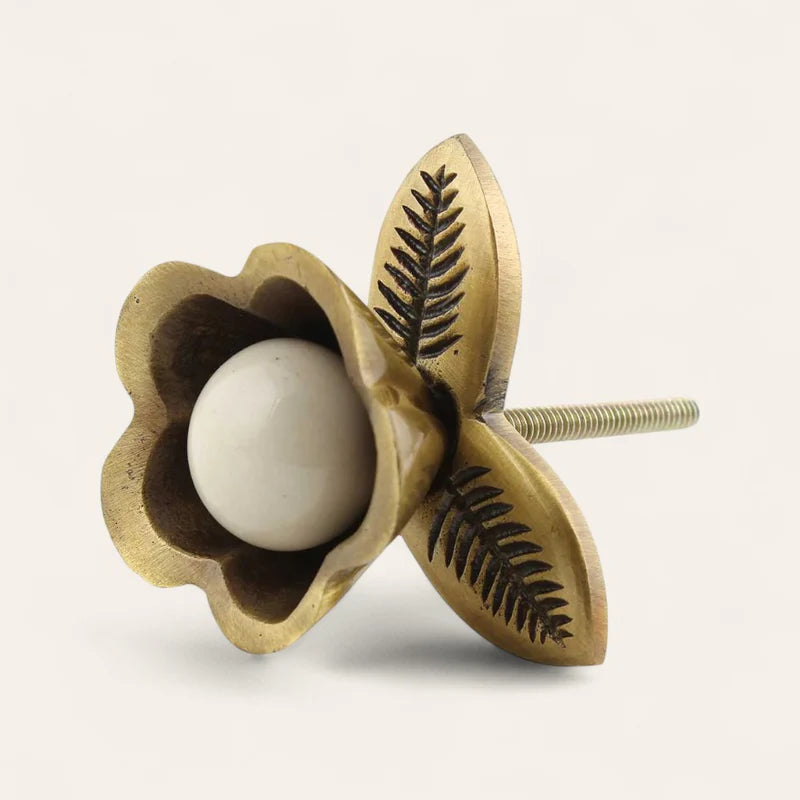
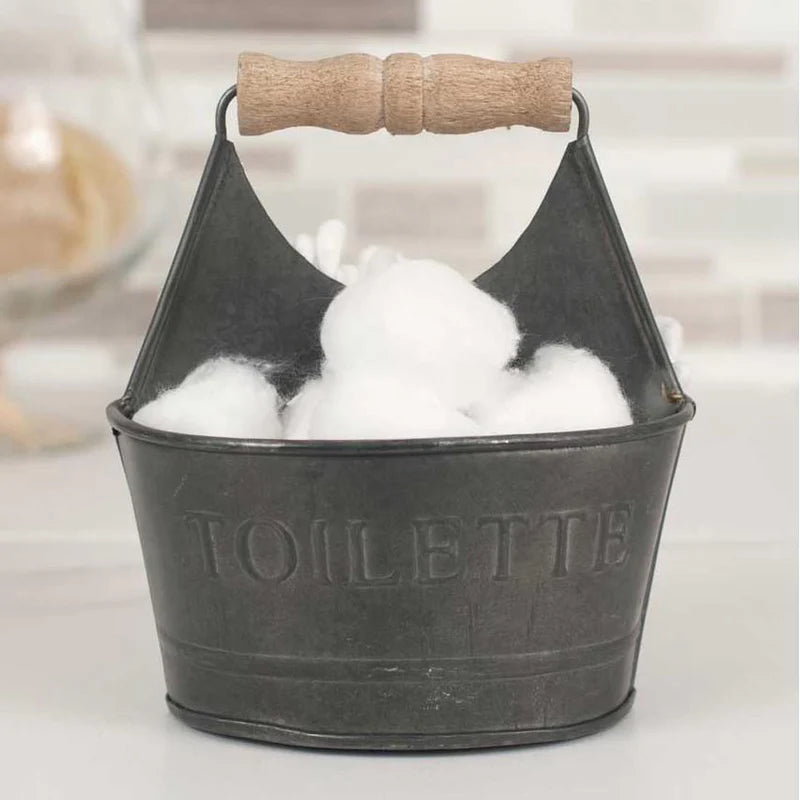
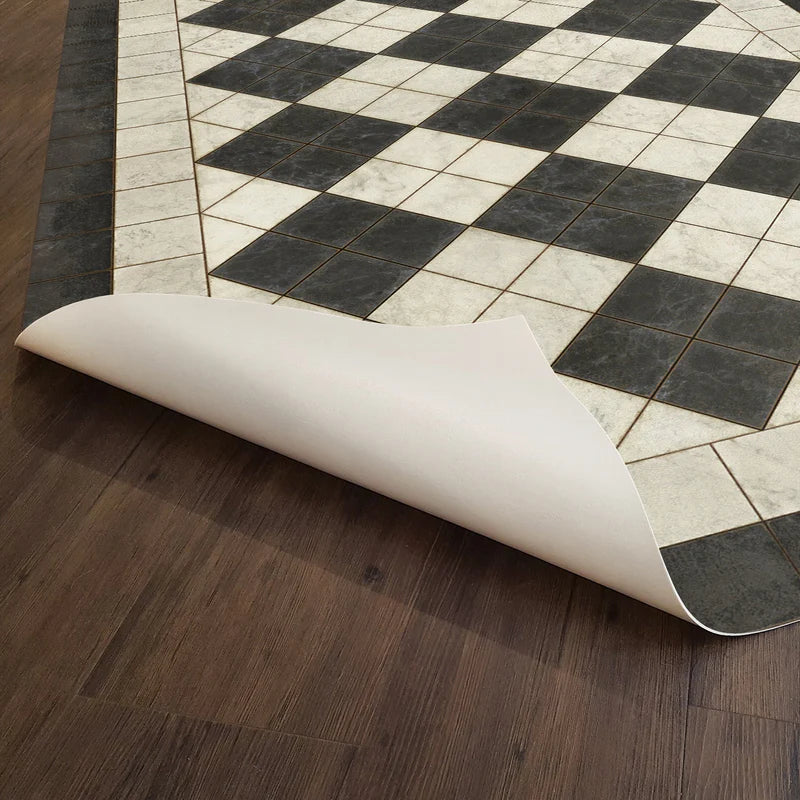
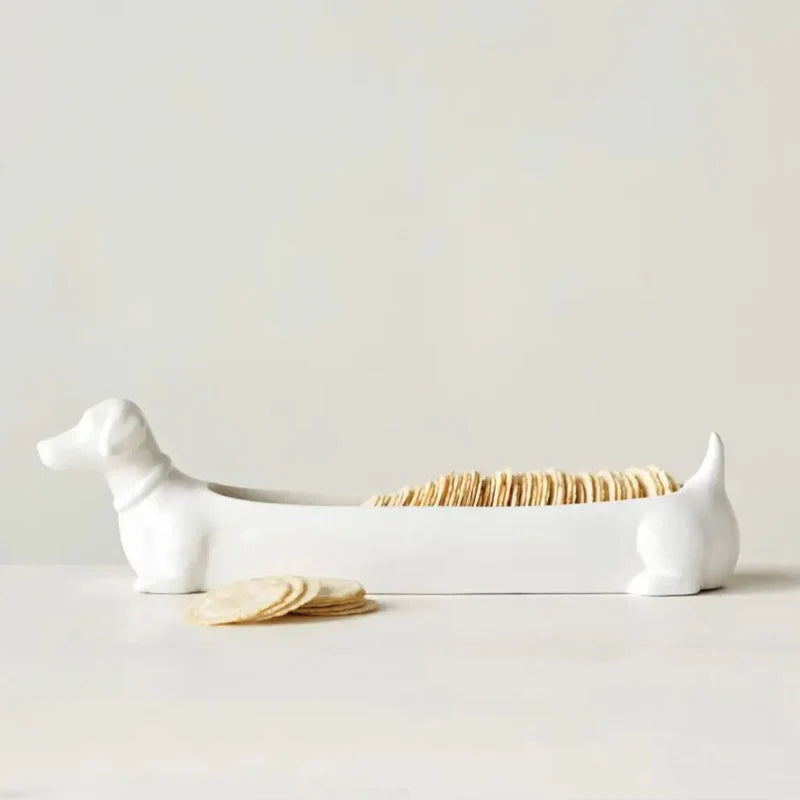
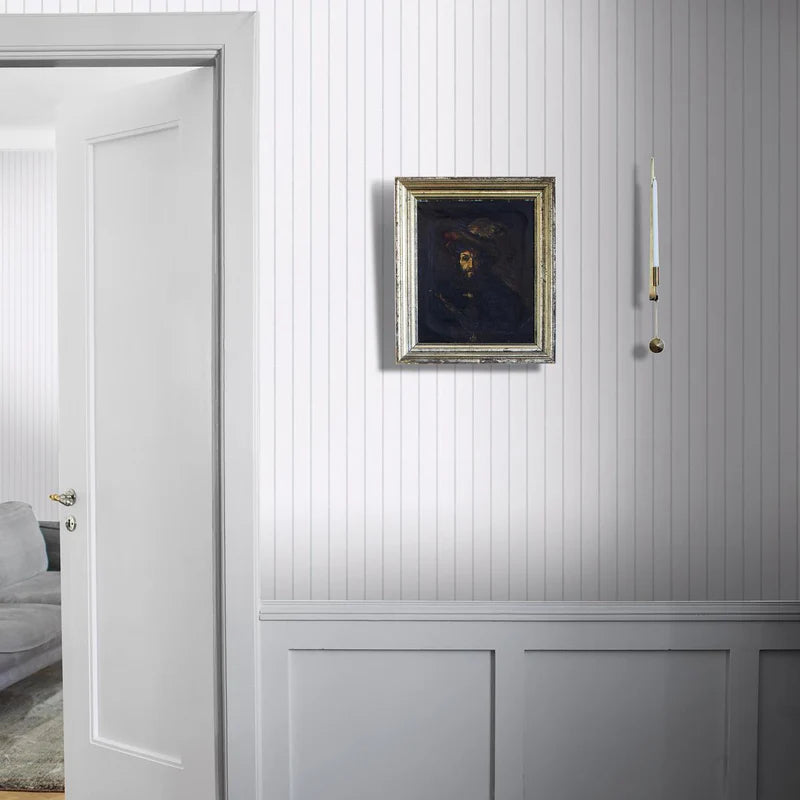
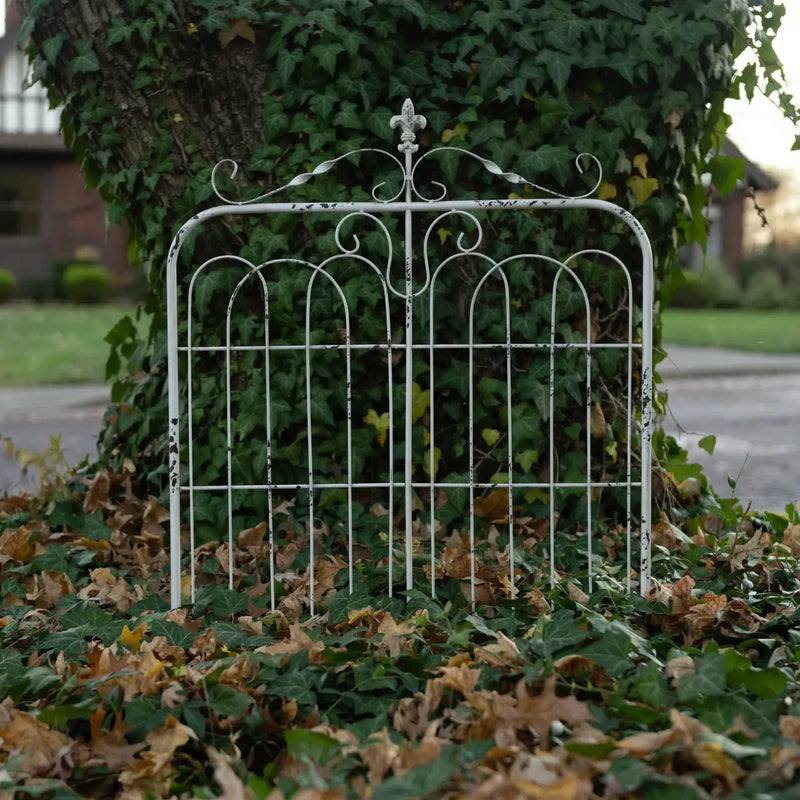
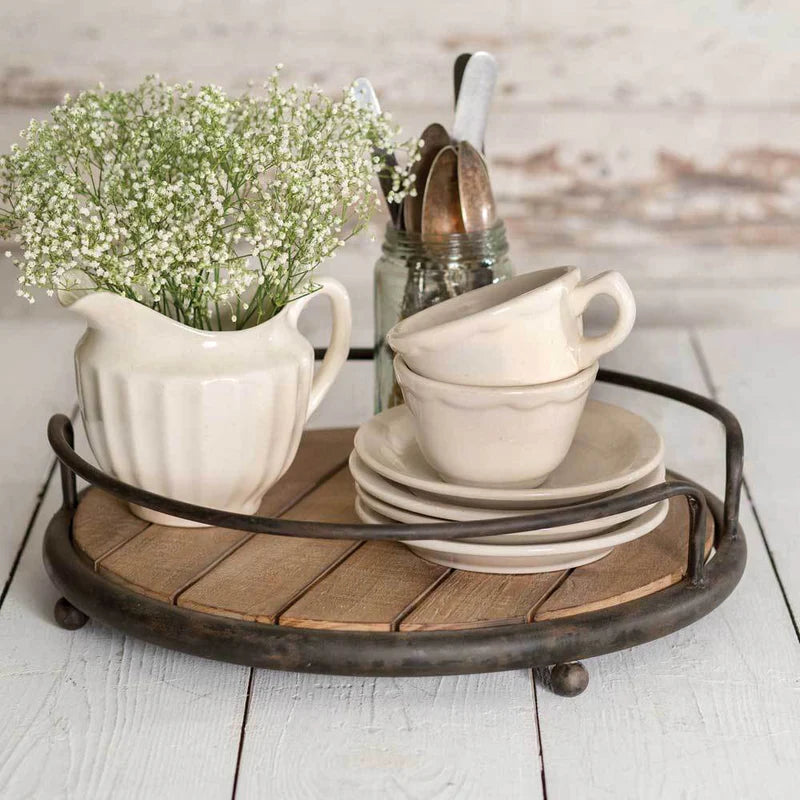

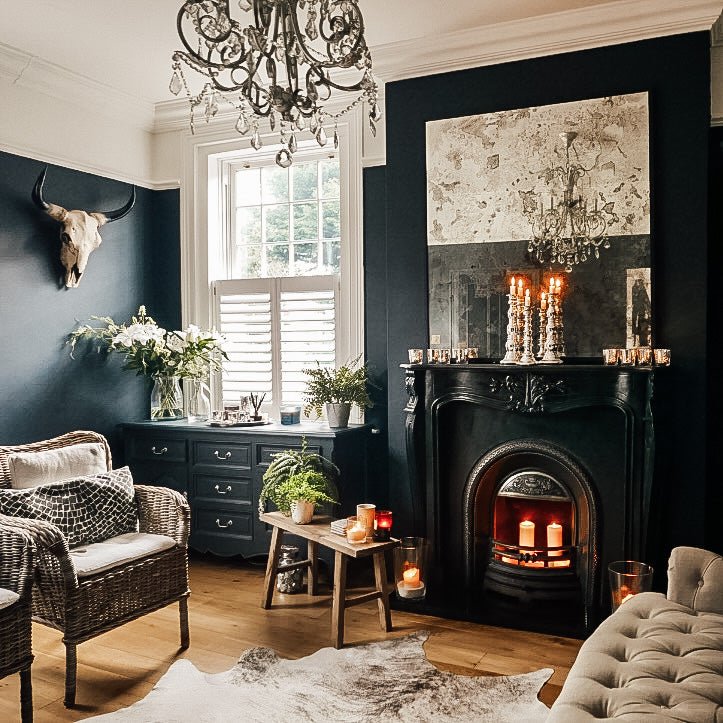
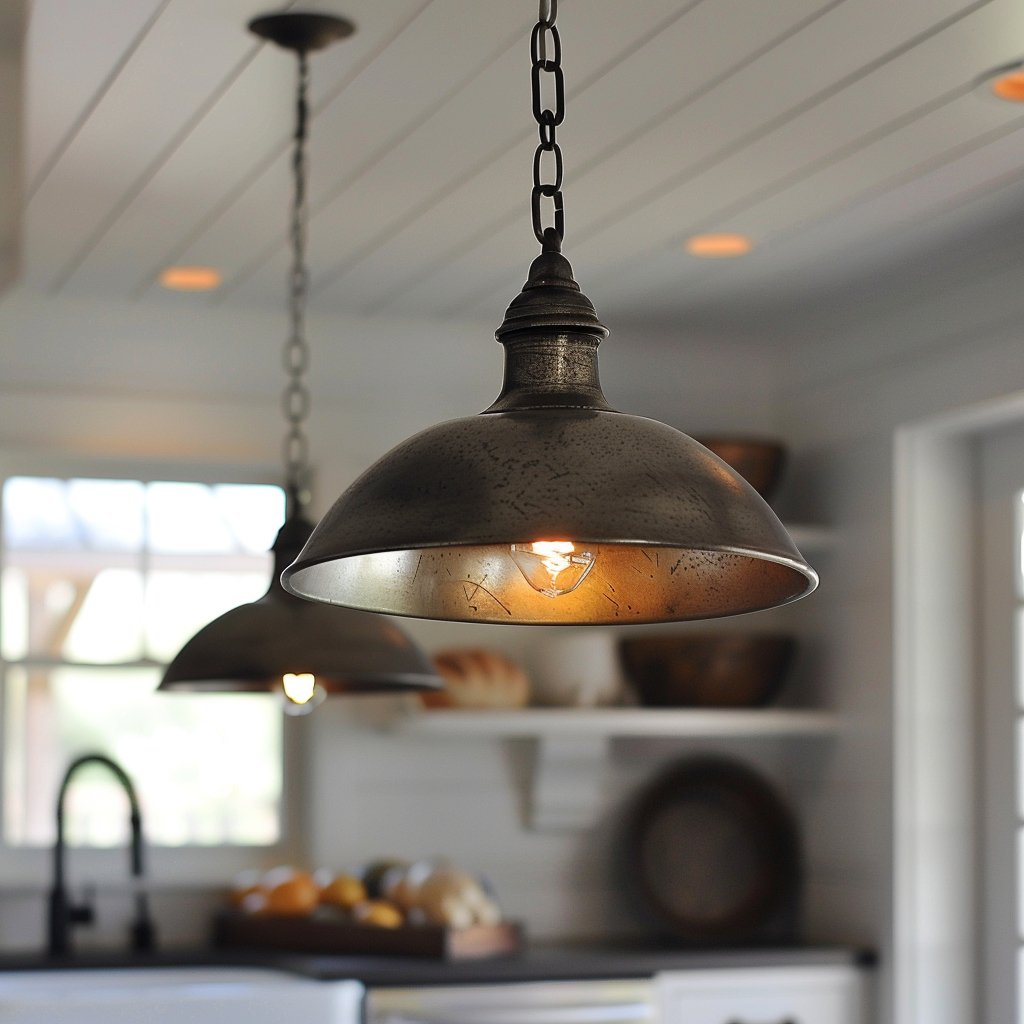
Leave a comment
This site is protected by hCaptcha and the hCaptcha Privacy Policy and Terms of Service apply.